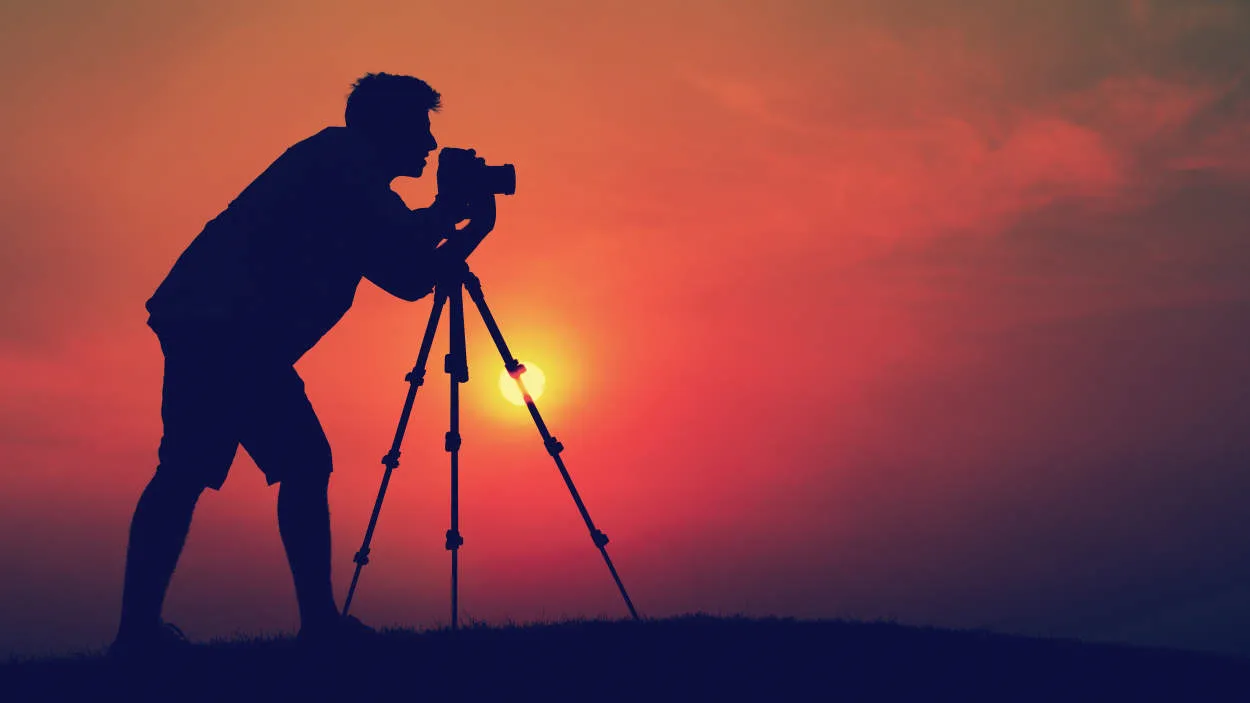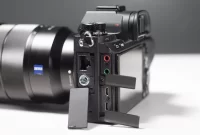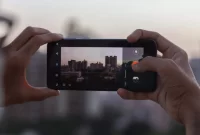In the age of smartphones, the art of photography has taken a different turn. However, cameras still offer unparalleled control and possibilities that phones can’t match. In this article, we explore how cameras provide photographers with more creative freedom and technical control to capture stunning and impactful images.
Understanding the Limitations of Smartphone Cameras
Smartphone cameras have undoubtedly improved over the years, offering convenience and accessibility to capture moments on the go. However, it is essential to recognize their limitations compared to dedicated cameras when it comes to the art of photography.
One key limitation of smartphone cameras is their smaller image sensor size. Unlike dedicated cameras, smartphones have smaller sensors, resulting in poorer low-light performance and lower dynamic range. This means that smartphone photos may appear grainy or noisy in low-light conditions and may struggle to capture highly contrasting scenes accurately.
Another aspect to consider is the limited control over settings on smartphone cameras. While dedicated cameras allow photographers to adjust aperture, shutter speed, and ISO to achieve desired effects, smartphones often have limited manual controls. This lack of control can restrict creative possibilities and limit the photographer’s ability to capture specific moods or convey a particular vision.
Furthermore, smartphone cameras have fixed lenses, limiting the range of focal lengths available. This means that zooming capabilities on smartphones are usually achieved digitally rather than optically. Digital zooming can result in a loss of image quality and detail, compromising the overall sharpness of the photo.
Additionally, smartphones often lack advanced features found in dedicated cameras, such as advanced autofocus systems, optical image stabilization, and interchangeable lenses. These features can significantly enhance the photographer’s ability to capture high-quality, professional-looking images.
While smartphone cameras are convenient tools for everyday photography, they have limitations that photographers need to consider. Understanding these limitations can help photographers make informed decisions when it comes to choosing the right device for capturing their artistic visions.
Conclusion
In conclusion, cameras offer photographers more control over the creative process than phones. From manual settings to interchangeable lenses, cameras allow for a higher level of customization and precision in capturing images. While phones offer convenience and ease of use, photographers who want to fully explore their artistic potential should consider investing in a camera.




